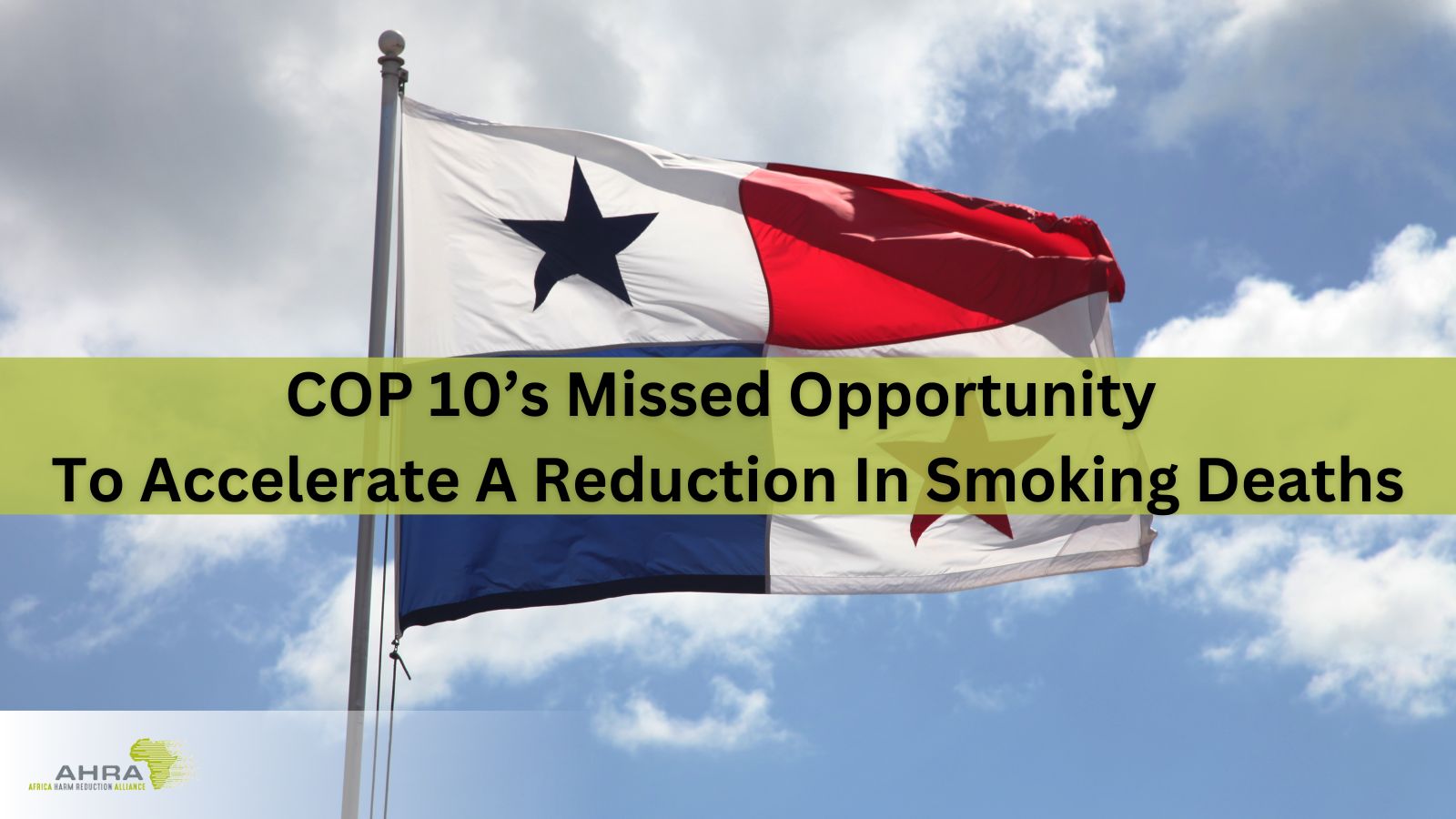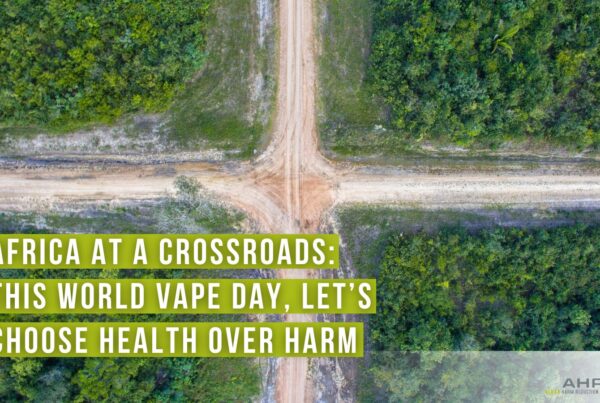This Year at the COP10, over 1,000 delegates came together to make critical decisions to further strengthen and support global tobacco control measures and protect public health by discussing how best to reduce the 8.5 million annual deaths due to tobacco-related disease.
Although there remain major gaps that need to be addressed, the following priorities were discussed and agreed upon:
- Article 2.1 on Forward-Looking Measures for Tobacco Control: An Expert Group will be established to identify and explore innovative measures to expand tobacco control policies.
- Article 13 on Tobacco Advertising Sponsorship and Promotion: Adopted more robust and specific guidelines to address the marketing of tobacco and nicotine products online and geared towards youth.
- COP’s commitment to protect human rights and the environment from tobacco harm.
Ahead of the 10th Conference of the Parties (COP10), a group of international experts assessed the progress made by the Parties in meeting their agreed obligations to end smoking as quickly as possible. The experts’ report, the COP10 Scorecard, scrutinized the WHO’s documents and statistics to reveal that member states are failing dismally to reduce the 1.2 billion tobacco users in the world.

The biennial convention sidestepped a debate on e-cigarettes and heated tobacco products – effectively dismissing any decisions related to the market regulation to the next meeting in two years.
Instead of a final agreement on a decision around vaping and heated tobacco products, the delegates agreed to create a working group to continue reviewing and revising the advice that would be produced until COP 11 in two years.
Twenty years after the adoption of the FCTC Convention, it has been demonstrated that the strategy promoted by the World Health Organization is not correct. This is evidenced by the WHO’s figures, which reflect that, in 2020, 22.3% of the world’s population used tobacco: specifically, 36.7% of men and 7.8% of women.
The FCTC Secretariat’s refusal to engage with evidence from multiple countries that have witnessed accelerated declines in smoking rates is unscientific and unjustifiable, given the fact that the FCTC explicitly includes harm reduction in its definition of tobacco control, emphasizing the importance of research.
Looking ahead to the upcoming COP11, the WHO FCTC should not turn its opposition away from tobacco smoke and onto smokers themselves, denying them the chance to transition to safer products. People who use safer nicotine products should have a voice at the FCTC COP11.
THR Topics
Popular Posts
Quick Links
Women in THR
Related Posts
 Letter to the World Health Organization (WHO)
Letter to the World Health Organization (WHO)
Letter to the World Health Organization (WHO)
 Public Health implications of vaping in Germany
Public Health implications of vaping in Germany
Public Health implications of vaping in Germany
 Public Health implications of vaping in the United States of America
Public Health implications of vaping in the United States of America








